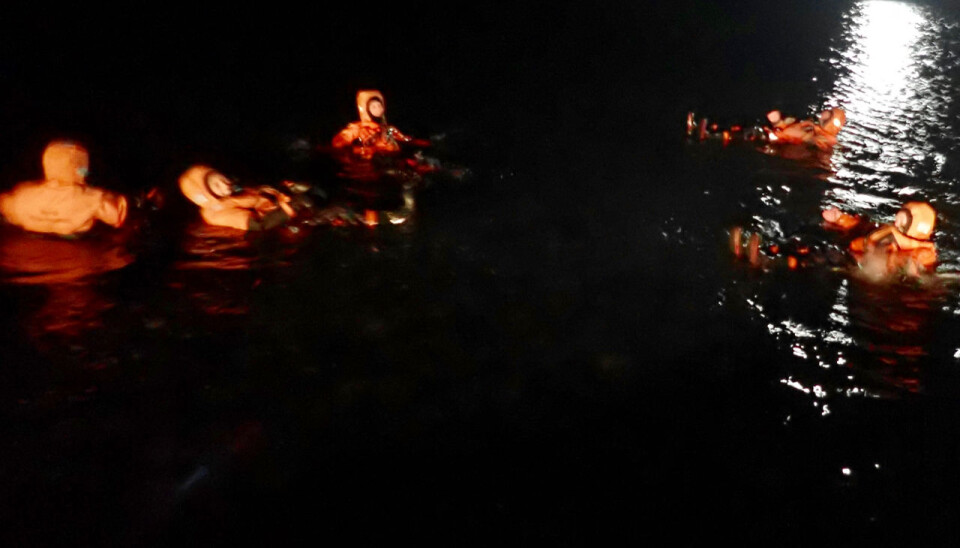
Unique Challenges at the start of an Arctic winter Expedition
The Nansen Legacy winter expedition Q4 has set sail from Longyearbyen. Months of preparations are coming a culmination with own major question - will we achieve the multitude of tasks we have planned for? Thousands of items ranging from office supplies, sampling bottles, plankton nets, computers, ice coring equipment and heavy benthic sampling gear have been loaded on board RV Kronprins Haakon by crew and present scientists. The wonderful labs on board this new ship are set up, boxes are emptied and instruments and analysis tools made ready for the stations to be sampled until we safely return back to Tromsø on 17 December
But it is not only the science that needed to be prepared it is also the scientists themselves. Arctic expeditions, specifically in winter have their own challenges. During the expedition, we are going to be exposed to working in harsh winter weather during complete darkness adding substantial challenges. Hard physical work during sampling on board of the ship and on ice floes will cause hours of exposure to the cold and therefore precautions have to be taken against frost bites. Safety is first priority, and we got excellent training yesterday while preparing for the cruise, working on the boat, but also refreshing our shooting training and testing out safety suits. Always good to have such checks when there is still an option to purchase additional layers of clothing.
Polar bears are living year-round in our sampling area and it is likely that we will meet them during our stations. Several layers of protection will be used including polar bear observers on the bridge of the ship as well as dedicated polar bear guards on the floe. Priority will be to get scientists back onto the ship when a polar bear approaches, but rifles provide our last layer of protection. We have been at the Longyearbyen shooting range and practiced our shooting skills with rifle and flare gun. This was a true test at temperatures of ca -14 degrees C and strong winds, very close to what we expect in the field. Everything was more difficult, working with thick gloves, dealing with cold fingers and at the same time be confident in using the rifle. We all passed the test but were grateful to build up this additional confidence.
Another very unlikely safety precaution is training to be familiar with floatation suits we would wear in case of ship emergencies. So we went for a swim into the ocean. Going into the water by wind chill temperatures approaching -25 degrees C actually was a mental challenge, but once we were in the water we practiced forming groups and paddle coordinated back to land. Again, darkness and wind made it not easier, but we achieved our tasks and were all happy to get out of the water, get out of the suites and wash our hands in warm water.

We have been conducting water sampling close to Longyearbyen. Later we will reach potentially trawl stations north of Svalbard. Everybody is excited and very positive and it is obvious that this science team has worked together on at least one other cruise.







